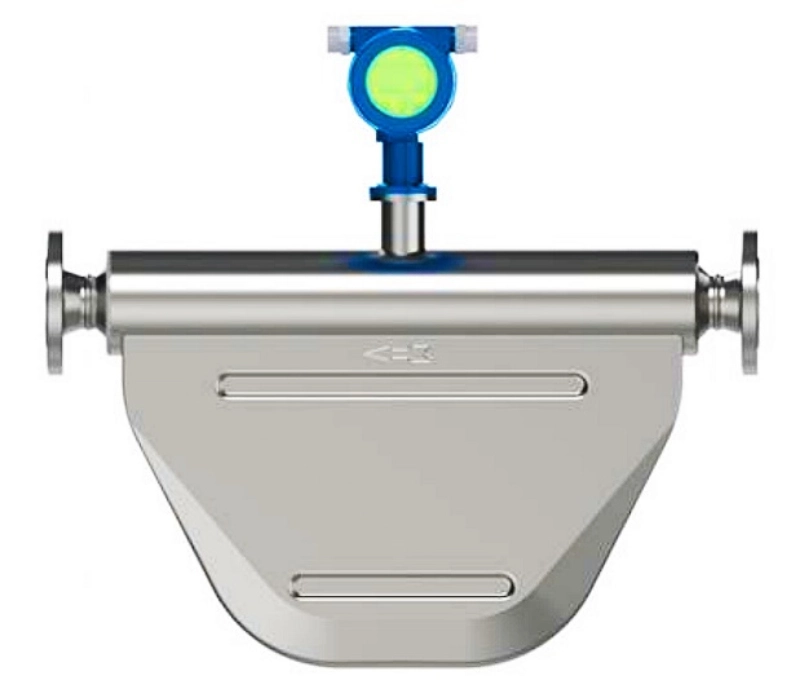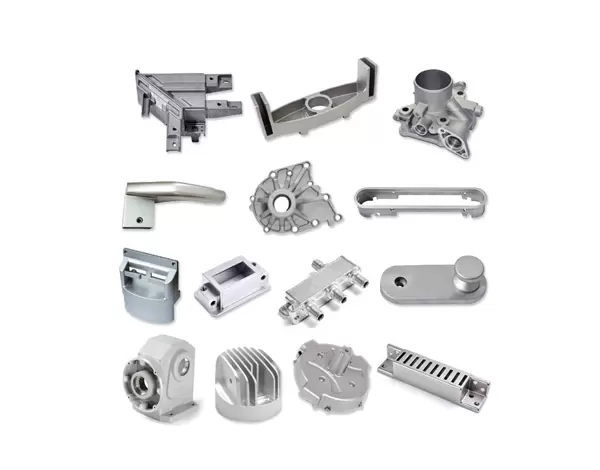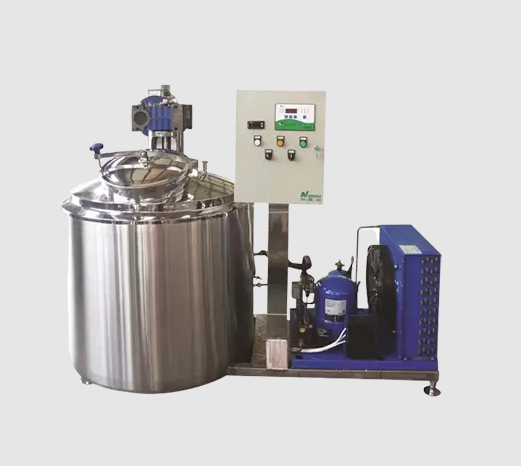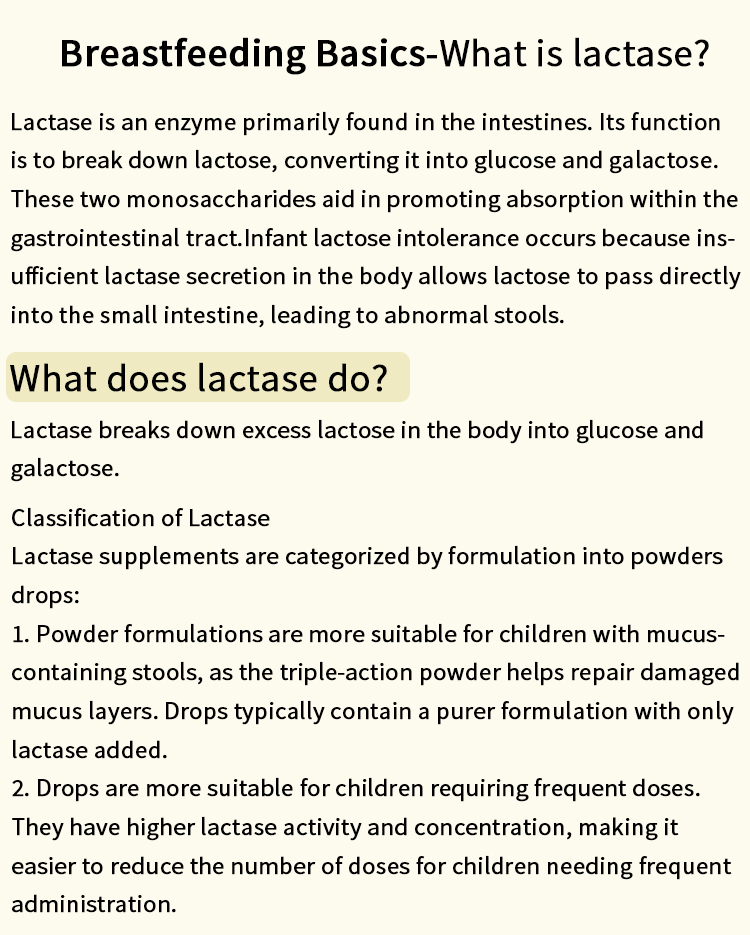When it comes to outdoor applications, whether for construction, landscaping, or furniture, the choice of materials is crucial. The right materials not only enhance aesthetic appeal but also ensure longevity and durability against the elements. In this article, we will explore various materials that excel in outdoor environments, examining their properties, advantages, and ideal applications.
Understanding Outdoor Material Durability
Before diving into specific materials, it’s essential to understand what makes a material suitable for outdoor use. Key factors include:
- Weather Resistance: Materials must withstand rain, snow, UV radiation, and temperature fluctuations without degrading.
- Corrosion Resistance: Especially important for metals, materials should resist rust and corrosion when exposed to moisture.
- Structural Integrity: The material should maintain its strength and shape over time, even under physical stress.
- Maintenance Requirements: Low-maintenance materials are often preferred for outdoor use, as they save time and resources in upkeep.
Top Outdoor Materials
- Wood
Wood is a classic choice for outdoor applications, offering natural beauty and versatility. However, not all wood is created equal.
- Teak and Cedar: These hardwoods are naturally resistant to moisture and insects, making them ideal for outdoor furniture and decking. Teak, in particular, contains natural oils that protect it from the elements, allowing it to last for decades with minimal maintenance.
- Pressure-Treated Lumber: This type of wood is chemically treated to resist rot and insects, making it suitable for structures like decks and fences. However, it requires regular sealing to maintain its protective qualities.
- Metal
Metals can provide a modern aesthetic and exceptional durability when properly selected and treated.
- Aluminum: Lightweight and resistant to rust, aluminum is an excellent choice for outdoor furniture and fixtures. Its powder-coated finish can further enhance its weather resistance.
- Stainless Steel: Known for its strength and corrosion resistance, stainless steel is ideal for outdoor kitchens, railings, and fixtures. Look for grades 304 or 316 for optimal performance in coastal environments.
- Composite Materials
Composite materials, often made from a blend of wood fibers and plastic, have gained popularity for their durability and low maintenance.
- Composite Decking: This material resists fading, staining, and mold, making it an excellent choice for decks. It does not require painting or sealing, which significantly reduces maintenance efforts.
- Fiber Cement: Used for siding and outdoor structures, fiber cement is resistant to rot, fire, and insects. It mimics the appearance of wood but offers superior durability.
- Stone and Brick
Natural stone and brick are timeless materials that provide exceptional durability and aesthetic appeal.
- Granite and Slate: These stones are highly resistant to weathering and can withstand extreme temperatures. They are often used for patios, walkways, and outdoor countertops.
- Clay Brick: Fired at high temperatures, clay bricks are resistant to moisture and pests. They are commonly used in outdoor walls, pathways, and fireplaces.
Considerations for Choosing Outdoor Materials
When selecting materials for outdoor projects, consider the following:
- Climate: Different materials perform better in varying climates. For instance, materials that handle humidity well are crucial in tropical regions, while frost-resistant materials are essential in colder climates.
- Aesthetic Preferences: The visual appeal of materials should align with the overall design of the outdoor space. Consider color, texture, and style.
- Budget: While some materials may have a higher upfront cost, their longevity can lead to savings in the long run. Evaluate the total cost of ownership, including maintenance and replacement.
Conclusion
Choosing the right materials for outdoor use is a critical decision that impacts both the functionality and aesthetics of your space. By understanding the properties and benefits of various materials, you can make informed choices that ensure durability and satisfaction for years to come. Whether you opt for the natural beauty of wood, the modern appeal of metal, or the timeless elegance of stone, the right material will enhance your outdoor environment and withstand the test of time.









+ There are no comments
Add yours